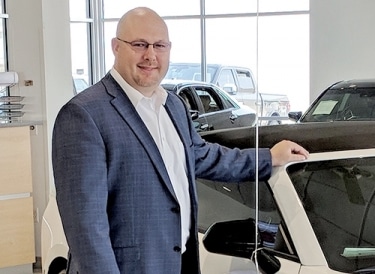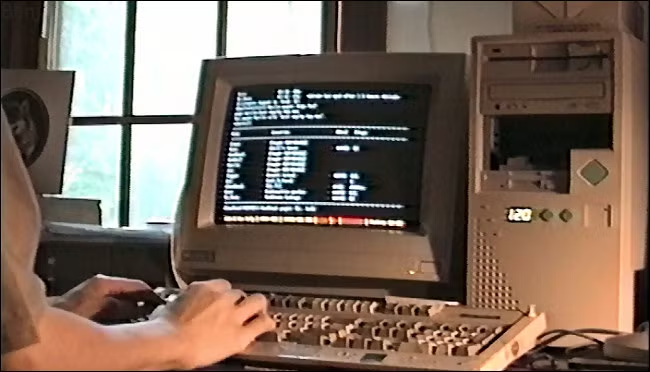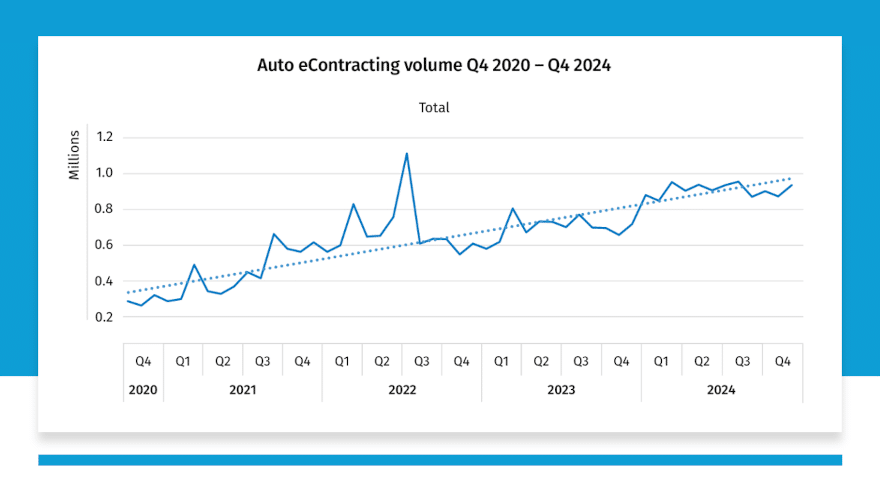The low-margin preventive maintenance contract is “your most underutilized product in F&I,” according to Dan Mason of Principal Warranty
JOHN HUETTER – Reporter covering the finance-and-insurance business and auto retailing for Automotive News
That low-margin preventive maintenance contract on a menu might be an auto dealership’s secret weapon, according to a finance and insurance veteran.
It’s “your most underutilized product in F&I,” according to Dan Mason, executive vice president at Principal Warranty Corp. Yet it’s also a “magic bullet,” he told the Ethical F&I Managers Conference in Denver last month.
“It’s the one product that no matter what, every single one of our customers needs,” Mason said.
Customers will spend money on maintenance during the life of their vehicle, he said. “It’s the one thing they can’t argue with us on,” he said.
Mason encouraged the audience to visit their service department, buy their favorite service adviser lunch and ask them to calculate how much a consumer would pay for all of the routine maintenance work needed over five years of vehicle ownership (i.e., a 60-month maintenance contract duration). Don’t fabricate this number when pitching to customers, he warned.
For a little context:
- The Bureau of Labor Statistics in 2014 reported that the average owner of a vehicle 5 years old or younger paid $437 a year in maintenance and repair bills in 2012. Over five years, that’d be $2,185.
- An online Harris Poll commissioned by Ally in 2019 found the average owner spent $1,986 on maintenance and repairs over five years. This research doesn’t mention vehicle age.
- AAA in August calculated that an average new-vehicle owner would pay 9.55 cents in maintenance per mile, which works out to nearly $7,163 for 75,000 miles — about how many miles the typical driver would put on a vehicle over five years. However, this figure also includes buying “a comprehensive extended warranty” and a set of tires.

Mason used a tally of $3,846 in his presentation Sept. 21, an amount he later explained to Automotive News was derived by analyzing customer-paid maintenance costs across different automaker brands for five years. (He stressed again that the F&I manager should get a true tally, not invent one.) Divide that amount by 60 months, and the average owner would spend $64.10 per month on maintenance during the first five years of vehicle life, his presentation stated.
An F&I manager could make the case a customer would need to pay for maintenance no matter what, asking “Wouldn’t you agree?” Mason said.
So if the monthly vehicle payment on paper is $486 over 72 months, the customer is really spending $550 per month on the vehicle when accounting for maintenance costs, the pitch would continue.
But for $564 per month for 84 months or $596 over 72 months, the customer would receive the vehicle, a contract covering all that maintenance and all the other F&I products on the menu. Wouldn’t it make sense to pay just a little bit more and have their vehicle completely protected with the entire F&I portfolio?
A customer might observe that the maintenance contract was only related to five years while the proposed loans ran six or seven, Mason told Automotive News. But most consumers trade in their vehicle before the 60th month anyway, and he said the customer could be reminded of this or informed they could buy another maintenance contract.
The sales pitch might be even easier depending on the strength of the preventive maintenance contract, according to Mason.
Asked about the argument that a different product would be more profitable than preventive maintenance, Mason replied: “It’s not supposed to be a high-profit product.”
But the contracts deliver a further benefit besides F&I revenue. Customers who patronize a dealership for service are more likely to buy future vehicles there, according to Mason.
“It’s obviously the greatest retention tool you have in the dealership,” he said.




